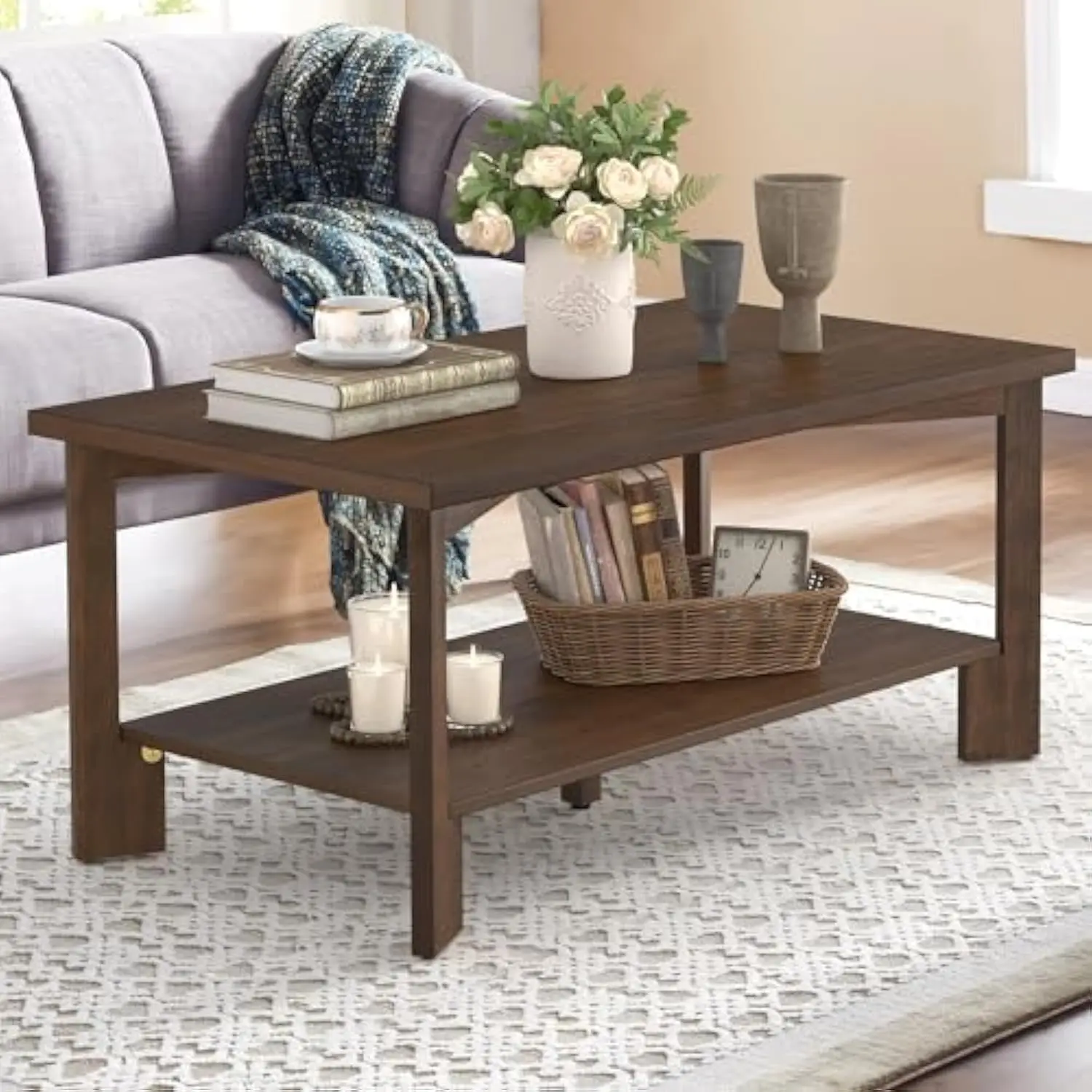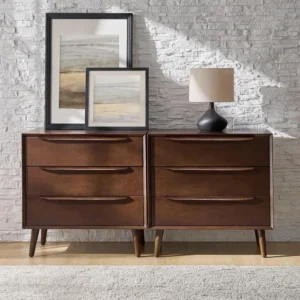Introduction: Understanding the Timeless Appeal of Scandinavian Furniture Design
Scandinavian design represents much more than an aesthetic choice—it embodies a philosophy centered on simplicity, functionality, exceptional craftsmanship, and a profound connection to nature. This distinctive approach to furniture creation balances understated elegance with practical utility, producing pieces that are both beautiful to behold and a joy to use daily.
At its core, Scandinavian furniture design celebrates the notion that everyday objects should enhance our lives through both form and function. The clean lines, thoughtful proportions, and honest materials characteristic of this style have transcended their regional origins to become internationally recognized design principles. Pieces like the wishbone chair, with its graceful yet sturdy construction, or the straightforward beauty of mid-century modern Danish coffee tables exemplify how this design tradition achieves harmony between beauty and usability.
What makes Scandinavian design particularly remarkable is its democratic nature—the belief that well-designed, beautiful furniture should be accessible to many, not just the wealthy elite. This guide explores how these distinctive Nordic design principles have shaped furniture history and continue to influence contemporary pieces, demonstrating why this approach remains as relevant today as ever.
The Evolution of Scandinavian Furniture Design
Early Foundations
Scandinavian furniture design has deep roots in traditional craftsmanship, with woodworking techniques passed down through generations. Early furniture makers drew inspiration from their natural surroundings—the forests, fjords, and changing Nordic light—creating pieces that reflected both practicality and natural beauty. National romantic styles emphasized traditional motifs and craftsmanship, setting the stage for what would later evolve into modern Scandinavian design.
Functionalist Movement
The early 20th century witnessed Scandinavian designers embracing modernist ideals while maintaining their distinctive Nordic character. Unlike the sometimes cold, machine-focused modernism elsewhere, Scandinavian functionalism remained warm and human-centered. Designers prioritized objects that would serve people well in everyday life, with beauty emerging from function rather than being applied as decoration. This period marked a crucial shift toward the principles we now recognize as distinctly Scandinavian.
International Recognition
Scandinavian design gained global prominence through prestigious exhibitions and awards that showcased its unique approach. International exhibitions introduced the wider world to the distinct Nordic combination of craftsmanship, beauty, and utility. The term “Scandinavian design” became synonymous with a particular aesthetic and philosophy, leading to increased demand for these beautifully functional pieces. This period established many of the styling approaches for black mid-century coffee tables that remain influential today.
Democratic Design Philosophy
Perhaps most revolutionary was the development of a democratic design philosophy in Scandinavia—the radical idea that beautiful, well-designed furniture should be available to everyone, not just the wealthy. This philosophy aligned with broader social democratic ideals prevalent in Nordic countries, reflecting a belief that good design improves quality of life. This commitment to accessibility, without compromising quality or design integrity, distinguished Scandinavian furniture from other luxury-focused design movements.
Contemporary Adaptations
While honoring traditional principles, Scandinavian design has continuously evolved through new materials and manufacturing techniques. Today’s designers build upon the established foundation while introducing innovations in sustainability, material science, and production methods. This evolution is visible in collections like mid-century modern vintage coffee tables, which maintain classic elements while incorporating contemporary sensibilities. The ongoing adaptability of Scandinavian design principles ensures their continued relevance in changing times.
Core Principles of Scandinavian Furniture Design
Minimalism and Simplicity
Minimalism stands as perhaps the most immediately recognizable aspect of Scandinavian furniture design. This principle manifests in clean lines, uncluttered forms, and an absence of unnecessary ornamentation. Scandinavian furniture focuses on essential elements, removing anything that doesn’t serve a purpose. This “less is more” approach isn’t about austerity but about finding beauty in simplicity and allowing the quality of materials and construction to speak for themselves.
A classic Scandinavian dining table exemplifies this principle with its straight lines, balanced proportions, and lack of decorative elements. The beauty comes from the wood grain, precise joinery, and harmonious proportions rather than applied ornamentation.
Functionality and Practicality
Scandinavian furniture is designed first and foremost to be used, not merely displayed. Pieces are comfortable, durable, and often serve multiple purposes to maximize utility in smaller living spaces. This practical orientation doesn’t diminish aesthetic appeal but rather ensures that beauty and usefulness coexist. Furniture is scaled appropriately for human comfort and everyday use.
Consider the versatile nature of black mid-century coffee tables that not only provide a surface for drinks but often incorporate storage solutions, adjustable heights, or nesting capabilities that make them adaptable to different needs.
Quality Materials and Craftsmanship
A dedication to quality materials and exceptional craftsmanship runs throughout Scandinavian furniture design. Pieces are built to last generations, not seasons. Traditional joinery techniques, careful material selection, and meticulous attention to detail ensure durability and a quality that improves with age. This commitment to craftsmanship reflects a respect for materials and a belief that well-made objects deserve care and consideration.
The distinct features of black mid-century coffee tables often showcase this principle through dovetail joints, matched wood grain patterns, and flawless finishing that reveal the maker’s skill and dedication.
Connection to Nature
Scandinavian design maintains a strong connection to the natural world through material choices, organic forms, and a celebration of natural light. Light woods like ash, birch, and pine predominate, often finished to highlight rather than disguise their natural character. Furniture forms often echo natural shapes, with gentle curves and honest expressions of material properties.
This natural connection also appears in design that maximizes limited natural light—a response to long, dark Nordic winters—with reflective surfaces, open structures, and lighter finishes that brighten interior spaces.
Democratization of Design
The belief that good design should be accessible to many rather than a luxury for few represents a core Scandinavian principle. This democratic approach involves designing for efficient production without compromising quality or aesthetics. While handcrafted pieces remain valued, Scandinavian designers pioneered ways to maintain design integrity in items produced on a larger scale, making well-designed furniture available at varied price points.
Cultural Concepts: Hygge and Lagom
Scandinavian furniture embodies cultural concepts like “hygge” (Danish for coziness and contentment) and “lagom” (Swedish for just the right amount). Hygge influences furniture design through comfortable proportions, tactile materials, and pieces that create a sense of warmth and well-being. Lagom appears in the balanced approach to design—neither too much nor too little, but precisely what’s needed for comfort and function.
These cultural concepts help explain why Scandinavian furniture, despite its minimalism, never feels cold or austere but instead creates spaces that feel both ordered and deeply comfortable.
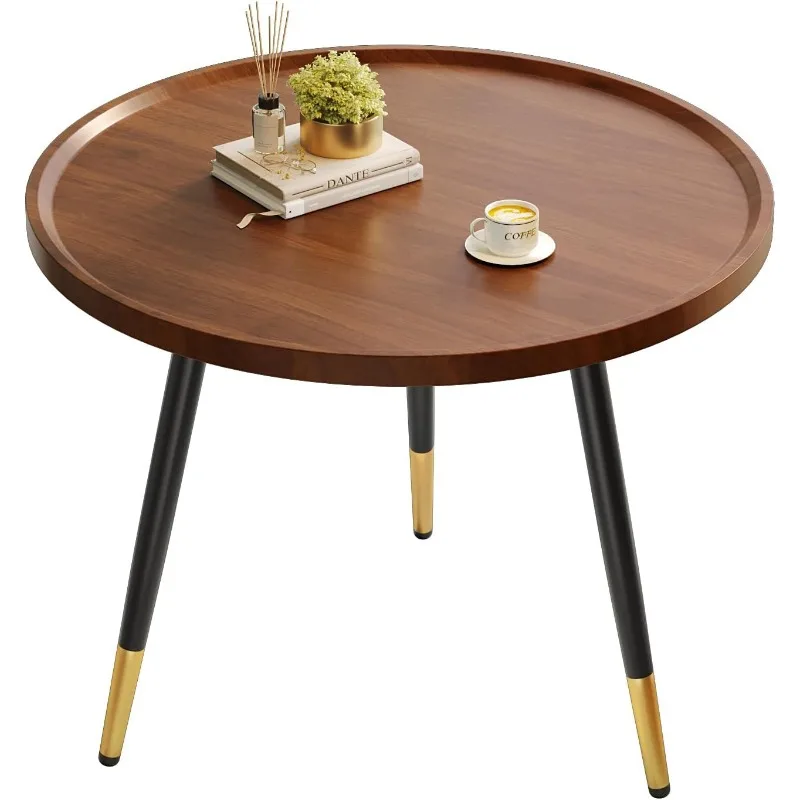
Iconic Designers and Their Contributions to Scandinavian Furniture
Hans Wegner
Known as “the master of the chair,” Hans Wegner created over 500 chair designs in his lifetime, with many becoming icons of Scandinavian design. His work exemplifies the perfect balance between form and function, with an exceptional understanding of wood’s properties and human ergonomics. Wegner’s designs, like the Wishbone Chair and the Round Chair (often simply called “The Chair”), showcase his ability to create pieces that are simultaneously artistic and deeply practical.
Wegner’s approach emphasized honest construction, with joints and structural elements becoming visual features rather than hidden components. His work particularly influenced black mid-century coffee table design through its demonstration that simplicity could be sophisticated and that functionality need not compromise beauty.
Arne Jacobsen
Architect and designer Arne Jacobsen created furniture with sculptural qualities that pushed the boundaries of materials and manufacturing techniques. His Egg Chair and Swan Chair became internationally recognized symbols of Scandinavian design innovation. Jacobsen’s work demonstrates how organic forms can be incorporated into modern design, creating pieces that feel both contemporary and timeless.
Jacobsen often designed furniture as part of comprehensive architectural projects, ensuring cohesive environments where every element worked in harmony. His holistic approach to design continues to influence how furniture is conceived in relation to its intended space.
Alvar Aalto
Finnish architect and designer Alvar Aalto brought a distinctive voice to Scandinavian furniture design through his innovative use of bentwood techniques and organic forms. His three-legged Stool 60 and Paimio Chair represent groundbreaking explorations of wood’s flexibility and structural possibilities. Aalto’s work emphasizes human comfort and connection to nature, with forms that feel natural and intuitive.
Aalto’s influence is particularly evident in many mid-century modern solid wood coffee tables that adopt his organic approach to geometry and celebration of wood’s natural properties.
Børge Mogensen
Børge Mogensen’s furniture embodies democratic design principles through its straightforward construction and lasting quality. His Spanish Chair and Hunting Chair showcase his skill at creating robust, comfortable pieces using traditional construction methods and high-quality materials. Mogensen believed in creating “furniture for everyday life” that would serve families well for generations.
His systematic approach to design, developing standardized components and dimensions, helped make quality furniture more accessible while maintaining craftsmanship standards—a hallmark of Scandinavian democratic design.
Finn Juhl
Finn Juhl brought sculptural elegance and international influences to Scandinavian design, creating pieces that pushed boundaries while maintaining functionality. His Chieftain Chair and 45 Chair display a distinctive artistic sensibility and sophisticated understanding of human posture and comfort. Unlike some contemporaries, Juhl often emphasized the separation of supporting elements and supported surfaces, creating a sense of lightness and visual interest.
Juhl’s work helped introduce Scandinavian design to an international audience, particularly in America, bridging Nordic traditions with global modernism.
Verner Panton
While sometimes considered an outlier in Scandinavian design for his bold use of color and synthetic materials, Verner Panton’s innovative approach to furniture design represents an important evolution of Nordic principles. His iconic Panton Chair—the first single-form, single-material molded plastic chair—demonstrates how Scandinavian emphasis on innovation and democratization could embrace new materials and manufacturing techniques.
Panton’s work shows how Scandinavian design principles could adapt and evolve while maintaining core values of innovation, quality, and accessibility.
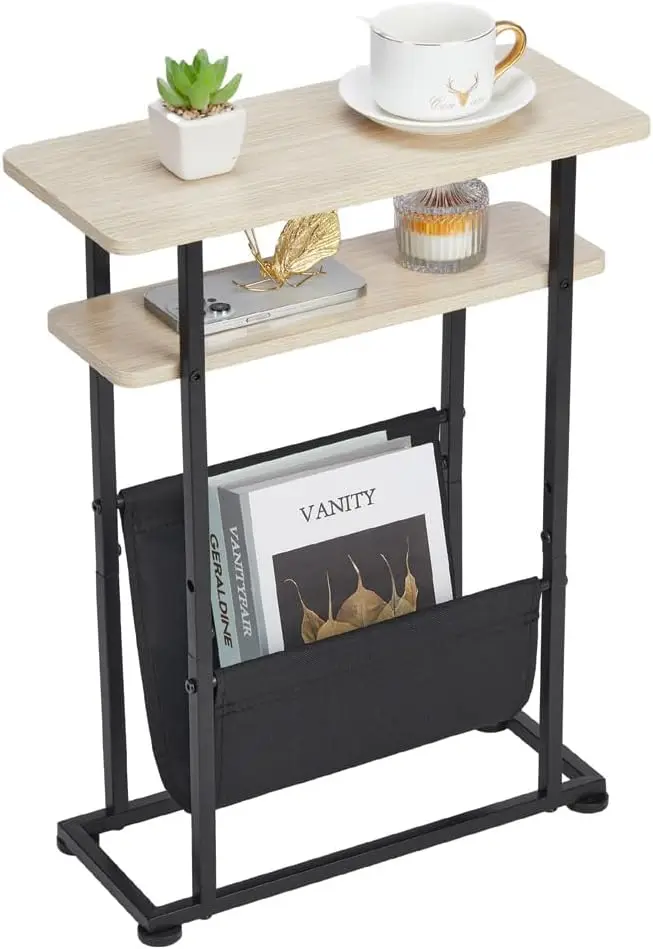
The Material Language of Scandinavian Furniture
Light Woods
The predominance of light-colored woods forms perhaps the most recognizable material signature of Scandinavian furniture design. Oak, ash, birch, beech, and pine feature prominently, reflecting both the natural resources of the region and a desire to maximize light in often dark Nordic interiors. These woods are typically treated with clear finishes or light oils that enhance rather than disguise their natural character.
The straight grain and subtle coloration of these woods serve as a canvas for the clean lines and precise proportions of Scandinavian pieces. In black coffee tables with mid-century interiors, the contrast between dark finishes and traditional light woods often creates visual interest while maintaining Scandinavian principles.
Natural Textiles
Natural textiles add warmth, texture, and comfort to Scandinavian furniture. Wool, with its natural insulating properties, features prominently in upholstery and accessories, often in subtle patterns like geometric weaves or solid colors that complement rather than compete with furniture forms. Linen, cotton, and other plant fibers appear in more lightweight applications, providing breathability and tactile variety.
These textiles typically appear in neutral colors or subtle tones drawn from the Nordic landscape—soft grays, blues, and greens that reference fjords and forests, or warm tones that evoke candlelight and hearth fires.
Leather
High-quality leather features extensively in Scandinavian furniture, particularly in seating designed to develop character through use. Natural, vegetable-tanned leathers that age beautifully are preferred, developing a patina that tells the story of the piece over time. Leather appears in both natural brown tones and black, with the material’s natural texture often highlighted rather than corrected or concealed.
Leather’s durability aligns perfectly with the Scandinavian emphasis on longevity and pieces that improve with age, making it a material choice that embodies both practical and aesthetic values.
Metal, Glass, and Ceramics
While wood dominates Scandinavian furniture, other materials play important supporting roles. Metal—typically in the form of steel or brass—appears in hardware, frames, and accents, often with matte or brushed finishes rather than high polish. Glass brings lightness and transparency, especially important in pieces designed for small spaces where visual weight matters.
Ceramics and stoneware frequently complement wooden furniture as accessories and functional objects, continuing the emphasis on natural materials and handcraft traditions. These supplementary materials are used judiciously, maintaining the focus on natural textures and honest material expression.
Finishes and Treatments
Scandinavian furniture typically features finishes that protect wood while highlighting its natural beauty rather than concealing it. Traditional soap treatments, clear oils, and waxes create surfaces that can be easily maintained and repaired, allowing pieces to age gracefully. When color is applied, it’s often in the form of transparent stains that allow wood grain to remain visible.
This approach to finishing reflects the broader Scandinavian value of authenticity—allowing materials to express their true character rather than disguising them as something they’re not. Many mid-century modern walnut side end tables follow this tradition of honest finishing while using darker woods that create visual weight and contrast.
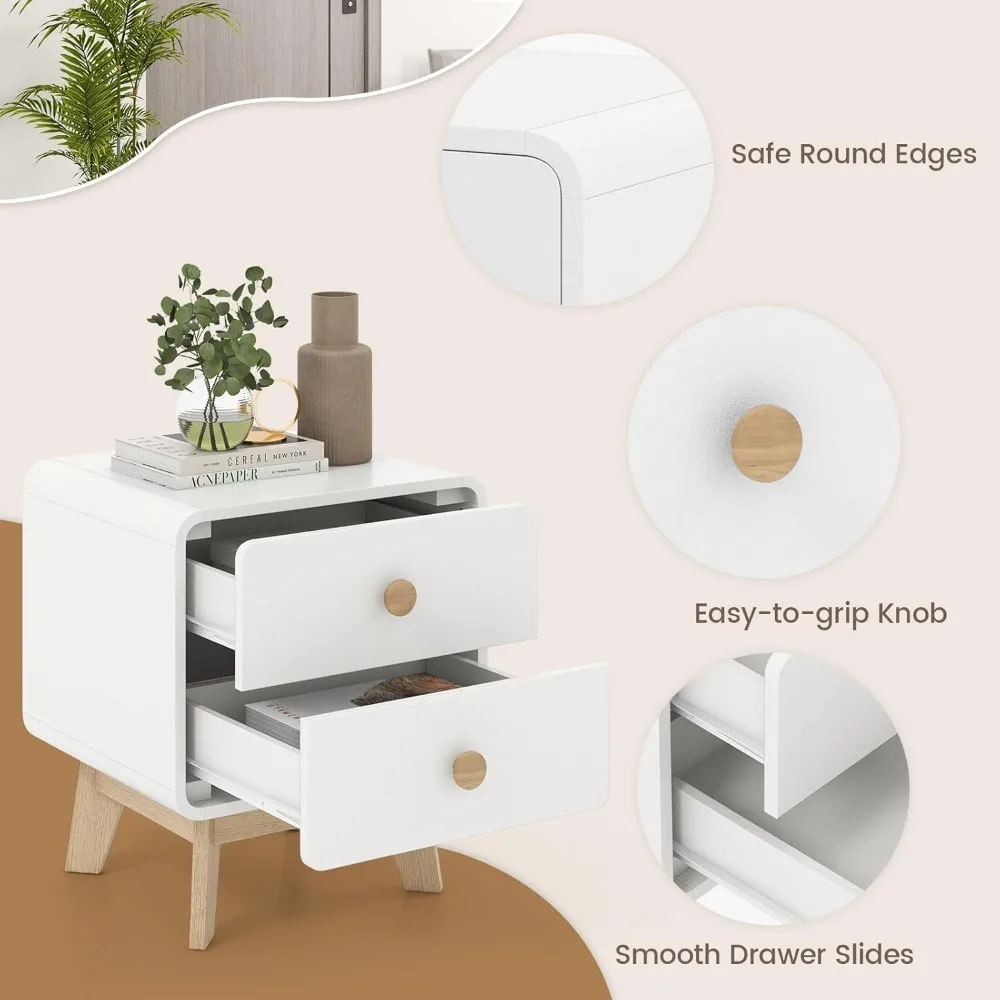
Global Influence and Contemporary Applications
Shaping the Mid-Century Modern Movement
Scandinavian design principles played a crucial role in defining the broader Mid-Century Modern movement that gained international prominence. The emphasis on clean lines, organic forms, and functional beauty found perfect expression in furniture that epitomized modern living. This influence created a design language that transcended national boundaries while maintaining distinctive Nordic characteristics.
Many black mid-century modern coffee table styles directly reflect this Scandinavian influence through their honest construction, tapered legs, and balanced proportions. The legacy of this influence continues to shape contemporary interpretations of mid-century aesthetics.
Contemporary Resurgence
The timeless qualities of Scandinavian design have fueled its ongoing popularity in contemporary interiors. Today’s consumers increasingly value the principles that Scandinavian furniture has always embodied—sustainability, quality construction, and designs that transcend passing trends. This renewed appreciation appears across price points, from high-end design galleries to mainstream retailers offering Scandinavian-inspired pieces.
The clean aesthetic and functional approach of Scandinavian design align particularly well with modern living conditions, where space efficiency and multifunctionality hold increasing importance in urban environments.
Cross-Cultural Design Fusion
Scandinavian design principles have proven remarkably adaptable to cross-cultural fusion, most notably in the “Japandi” style that blends Japanese and Scandinavian aesthetics. This fusion highlights the natural affinities between these traditions—both value simplicity, craftsmanship, and connection to nature. Such design conversations enrich both traditions while creating new expressions that honor their respective heritages.
These cross-cultural influences demonstrate how Scandinavian design continues to evolve through dialogue with other design traditions, remaining vital rather than becoming a museum piece frozen in time.
Sustainability Influence
Scandinavian design’s emphasis on quality, longevity, and natural materials has significantly influenced contemporary approaches to sustainable furniture design. The Nordic tradition of creating pieces meant to last generations offers a powerful counterpoint to disposable furniture culture. Today’s eco-conscious designers often draw explicitly on Scandinavian principles when developing sustainably-minded pieces.
This influence extends beyond materials to encompass the entire lifecycle of furniture—from responsible sourcing to construction methods that allow for repair and eventually, recycling or biodegradation.
New Technologies and Materials
While honoring traditional principles, contemporary Scandinavian-influenced design incorporates new technologies and materials that extend possibilities while maintaining core values. Digital fabrication allows for precision and customization while reducing waste. New sustainable materials—from reclaimed woods to innovative bio-composites—continue the tradition of material honesty while addressing environmental concerns.
These innovations show how Scandinavian design principles remain relevant across changing technological landscapes, adapting to new possibilities while maintaining their essential character. Various styles that go well with mid-century modern often incorporate these technological advancements while honoring traditional forms.
Mid-Century Modern Solid Wood Coffee Tables, Mid-Century Modern Teak Coffee Tables
$879.95 Select options This product has multiple variants. The options may be chosen on the product pageMid-Century Modern Danish Coffee Tables, Mid-Century Modern Oval Coffee Tables, Mid-Century Modern Solid Wood Coffee Tables
$390.05 Select options This product has multiple variants. The options may be chosen on the product pageMid-Century Modern End Table Sets of 2, Mid-Century Modern Walnut Side & End Tables
Price range: $978.89 through $1,957.38 Select options This product has multiple variants. The options may be chosen on the product pageMid-Century Modern Coffee & End Table Sets, Mid-Century Modern Coffee Table Sets, Mid-Century Modern Oval Coffee Tables
Price range: $257.48 through $331.04 Select options This product has multiple variants. The options may be chosen on the product pageMid-Century Modern Glass Top Coffee Tables, Mid-Century Modern Glass Top Side & End Tables
$460.58 Select options This product has multiple variants. The options may be chosen on the product pageMid-Century Modern Glass Top Coffee Tables, Mid-Century Modern Vintage Coffee Tables, Mid-Century Modern Vintage Side & End Tables
$725.36 Select options This product has multiple variants. The options may be chosen on the product page
The collection of mid-century modern coffee tables available today demonstrates how contemporary makers continue to find fresh expressions of timeless Scandinavian principles, adapting them to current needs while honoring their essential character.
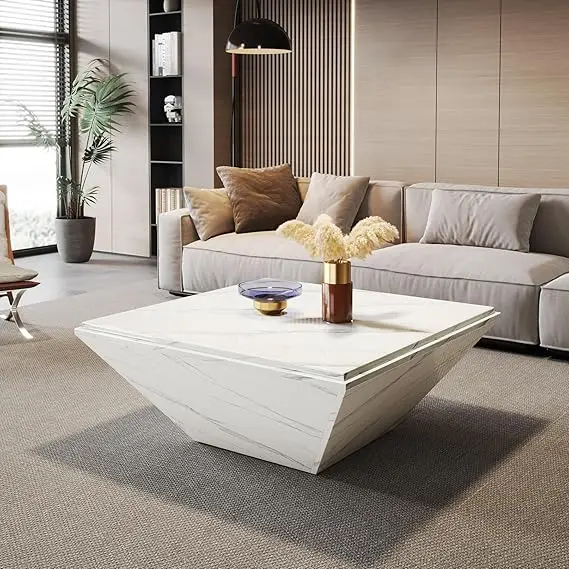
Recognizing Quality in Scandinavian-Inspired Furniture
Key Identifiers of Authentic Design
Authentic Scandinavian-influenced furniture displays distinctive characteristics that separate it from superficial imitations. Proportions follow specific principles of balance and visual lightness, with attention to the relationship between different elements of the piece. Joinery often features visible, well-executed connections that become design elements rather than hidden structural components.
Materials show careful selection and matching, particularly in wood furniture where grain patterns and color consistency indicate quality sourcing. The overall impression should be one of intention and coherence—every element serving both practical and aesthetic purposes without extraneous details.
Quality Indicators
When evaluating Scandinavian-inspired pieces, several specific quality indicators deserve attention. Joinery should be precise and appropriate to the piece, with traditional methods like dovetail and mortise-and-tenon joints often visible in quality construction. Weight distribution should feel balanced and stable, with pieces standing firmly without wobbles or structural weaknesses.
Materials should show consistent quality throughout—not just on visible surfaces—with solid wood preferred over thin veneers in most applications. Finishes should be even and appropriate to the material, enhancing rather than concealing natural characteristics. Solid wood coffee table materials provide excellent examples of how quality materials contribute to overall furniture integrity.
Common Misconceptions
Several misconceptions about Scandinavian furniture design can lead consumers astray. Perhaps the most common is that “Scandinavian” simply means “white and minimal,” missing the rich material tradition and craftsmanship principles behind the aesthetic. Another misconception is that all Scandinavian design looks identical, when in fact considerable variation exists within the broader design philosophy.
Some consumers also incorrectly believe that authentic Scandinavian design must be prohibitively expensive or antique, when in fact the democratic design principle has always aimed to make quality design accessible at various price points.
Craftsmanship and Production Balance
Quality Scandinavian-inspired furniture balances traditional craftsmanship with appropriate production methods. While handcrafting remains valued, many authentic Scandinavian designs were intended for efficient production to maintain accessibility. The key is that production methods should never compromise essential quality or design integrity.
Details like consistent spacing, careful sanding, and attention to undersides and interior components separate quality production from corner-cutting imitations. Even machine-produced pieces should show evidence of careful quality control and design intention throughout.
Investment Value
Quality Scandinavian-inspired furniture represents an investment that typically appreciates rather than depreciates over time. Unlike trend-driven pieces that quickly look dated, well-designed Scandinavian furniture often becomes more valuable as its quality becomes increasingly apparent through use. This longevity makes such pieces environmentally responsible choices as well as financially sound investments.
The maximizing potential of black mid-century coffee tables in various interior settings demonstrates how versatile these pieces can be across decades and changing interior styles, further enhancing their long-term value.
Incorporating Scandinavian Design Elements in Contemporary Spaces
Mixing Styles Cohesively
Scandinavian furniture pieces excel at mixing with other design styles due to their clean lines and functional nature. When combining Scandinavian elements with other aesthetics, focus on finding complementary aspects—perhaps the warmth of Scandinavian wood with the textural interest of industrial metals, or the simplicity of Scandinavian forms with more ornate traditional pieces.
A key principle for successful mixing is to maintain a consistent color palette that ties diverse elements together. Allowing breathing space around furniture pieces helps each item stand on its own merits while contributing to a cohesive whole. Scandinavian pieces often serve as excellent “quieter” elements that balance more visually assertive items in a room.
Complementary Color Palettes
Color palettes that best complement Scandinavian furniture typically begin with a neutral base—whites, grays, taupes, and black—that allows the natural beauty of materials to shine. Accent colors drawn from nature—soft blues, forest greens, earthy terracottas—add interest while maintaining the organic connection fundamental to Scandinavian design.
The traditional Scandinavian palette often incorporates strategic uses of color rather than overwhelming spaces with it. A pop of color in textiles or accessories against primarily neutral furniture creates visual interest without compromising the clean aesthetic that makes these pieces so versatile.
Lighting Considerations
Lighting plays a crucial role in showcasing Scandinavian furniture properly. Natural light is particularly important, as many pieces were designed with the Nordic relationship to light in mind. Positioning furniture to capture available daylight helps reveal the subtle grain patterns and natural beauty of wooden pieces.
For artificial lighting, warm-toned, diffused light sources complement the warmth of natural materials. Consider lighting that creates layers—ambient, task, and accent—to create the cozy yet functional environments that Scandinavian interiors are known for. Well-placed lighting can highlight the craftsmanship details that distinguish quality pieces.
Space Planning Principles
Scandinavian interiors traditionally emphasize uncluttered spaces with room to breathe around key pieces. When incorporating Scandinavian furniture, respect its need for visual space by avoiding overcrowding. Arrange seating for conversation and comfort, prioritizing function while maintaining open pathways through rooms.
Many best black mid-century coffee tables serve as focal points that anchor seating arrangements while maintaining visual lightness. Consider multipurpose pieces that maximize functionality in smaller spaces—a Scandinavian design principle that remains remarkably relevant in contemporary urban living.
Balancing Minimalism with Warmth
Perhaps the most distinctive characteristic of successful Scandinavian-inspired interiors is their balance of minimalism with genuine warmth and comfort. Achieve this balance through thoughtful layering of textiles—wool throws, linen cushions, sheepskin rugs—that add tactile comfort without cluttering spaces.
Natural elements like wood, plants, ceramics, and stone add visual warmth and connection to nature. Personal touches—books, art, and meaningful objects—prevent spaces from feeling sterile while maintaining the overall sense of order. The goal is creating rooms that feel both serene and lived-in, organized yet deeply comfortable.
Round coffee tables in particular can help soften the sometimes strict geometries of Scandinavian interiors, adding organic flow while maintaining the clean aesthetic central to this design tradition.
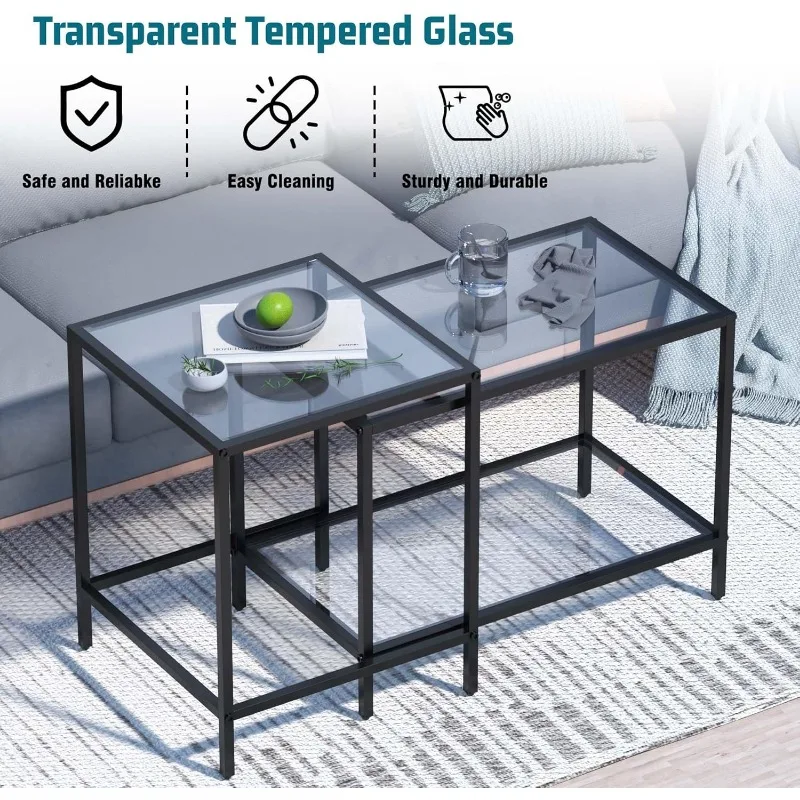
Why Scandinavian Design Endures: Form, Function, and Feeling
The enduring appeal of Scandinavian furniture design speaks to something deeper than passing trends or fleeting aesthetics. In our increasingly complex and often chaotic world, the clean, uncluttered nature of Scandinavian design provides a psychological respite—spaces that feel ordered and calm without sterility or coldness. This balance addresses a fundamental human need for environments that reduce visual noise while remaining warm and welcoming.
Scandinavian design’s emphasis on quality materials and construction creates pieces that improve rather than deteriorate with use. The patina that develops on a well-loved wooden table or the way leather softens and darkens with handling means these objects become more personal and characterful over time. This quality of aging gracefully stands in stark contrast to disposable furniture culture, offering instead objects that can become meaningful across generations.
The sustainability inherent in timeless design that transcends trends makes Scandinavian furniture increasingly relevant in our environmentally conscious era. By creating pieces designed to last decades rather than seasons, Scandinavian design offers an alternative to the environmental costs of furniture churn. The honest use of natural, renewable materials further enhances this ecological sensibility.
Perhaps most significantly, well-designed objects that combine beauty and function create emotional connections that purely decorative or purely utilitarian items cannot match. Danish-inspired coffee table designs exemplify this principle—pieces that delight the eye while serving daily needs become woven into the fabric of our lives, accruing memories and associations through use.
The principles that have guided Scandinavian furniture design for decades—simplicity, functionality, quality, connection to nature, and democratic accessibility—remain remarkably aligned with contemporary values and needs. As our living spaces evolve and technologies change, these fundamental principles continue to offer guidance for creating furniture that serves human needs while bringing beauty to everyday life. This alignment of values with modern concerns explains why Scandinavian design principles continue to feel fresh and relevant rather than merely nostalgic or historical.
In its thoughtful balance of opposing forces—minimalism and warmth, tradition and innovation, beauty and utility—Scandinavian furniture design offers a template for how we might approach other aspects of life, seeking harmony rather than excess and finding profound satisfaction in objects that do exactly what they should, beautifully.

